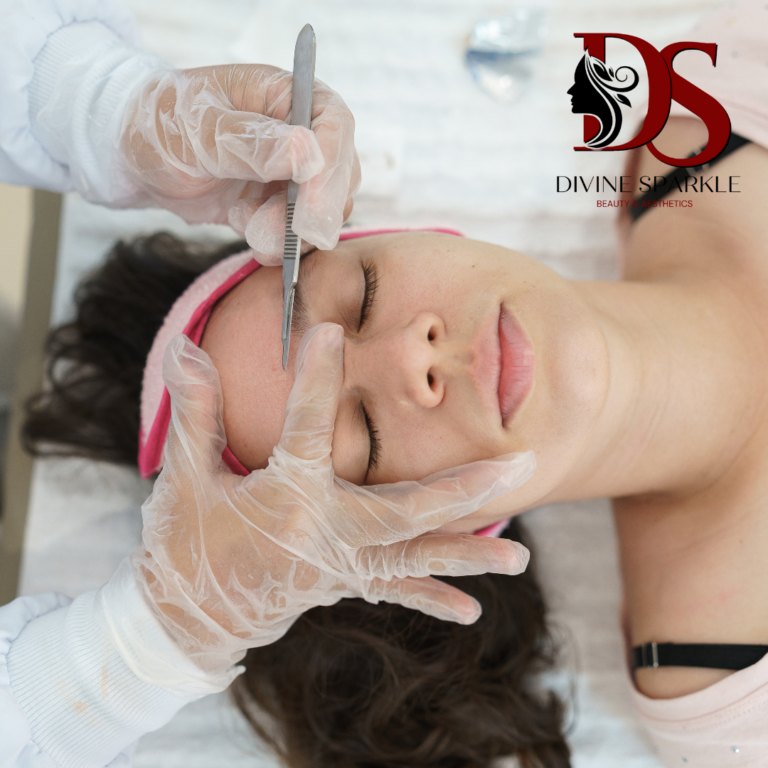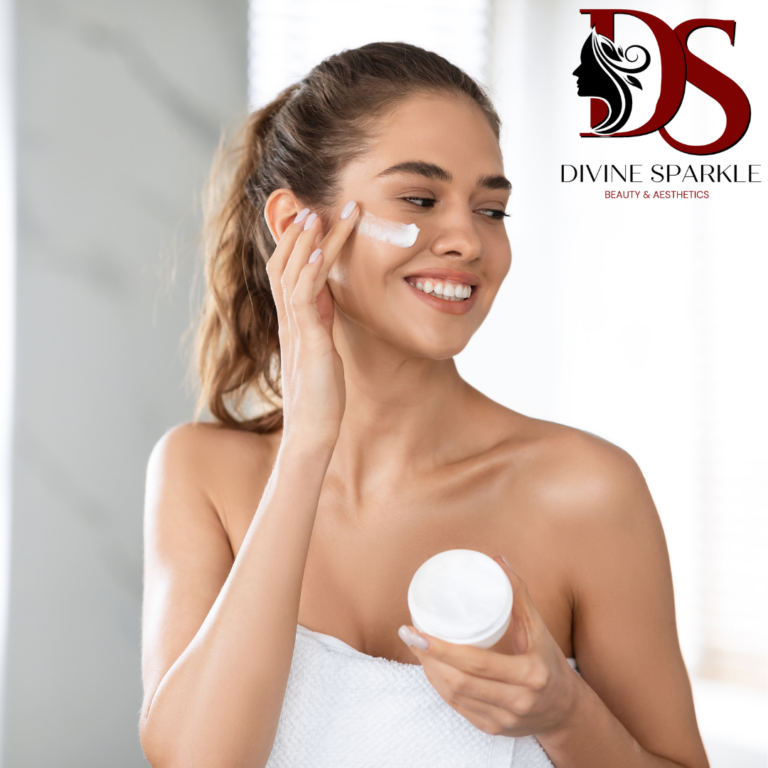Facials
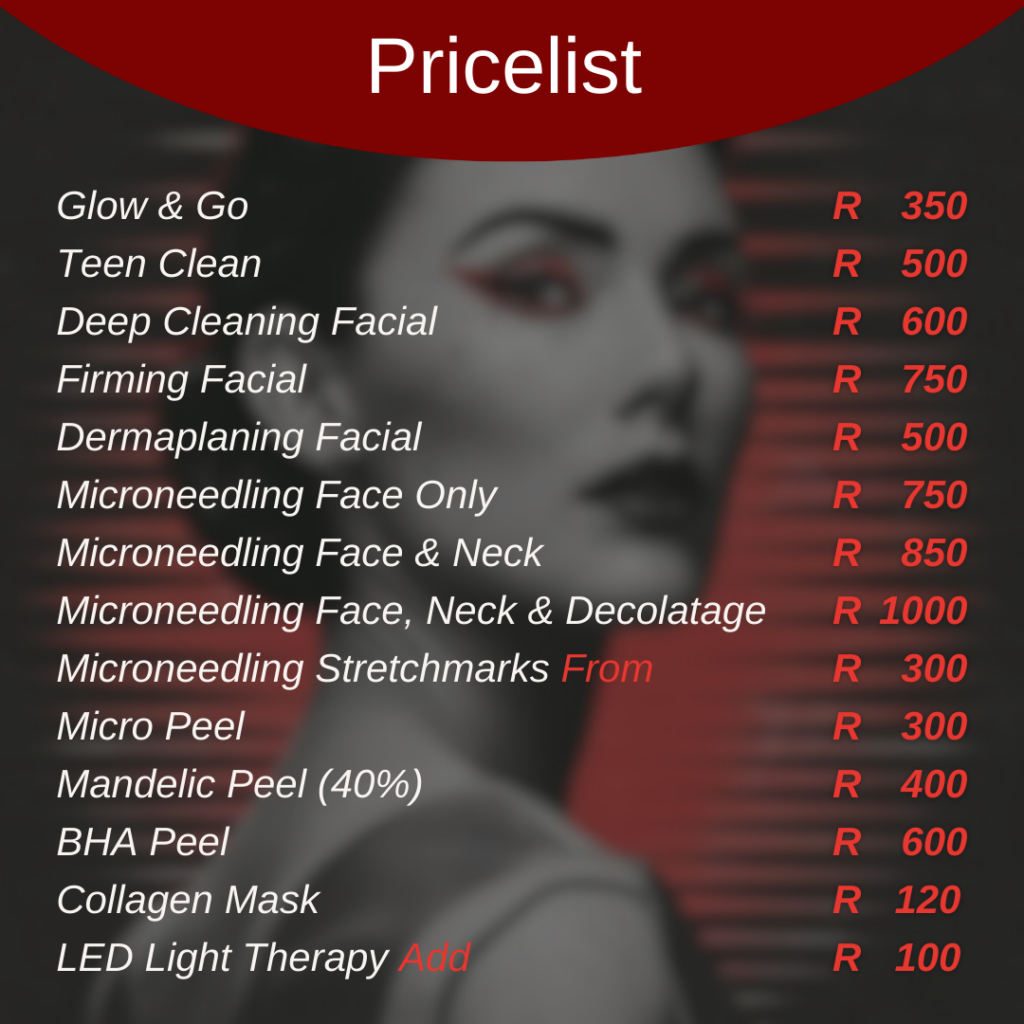
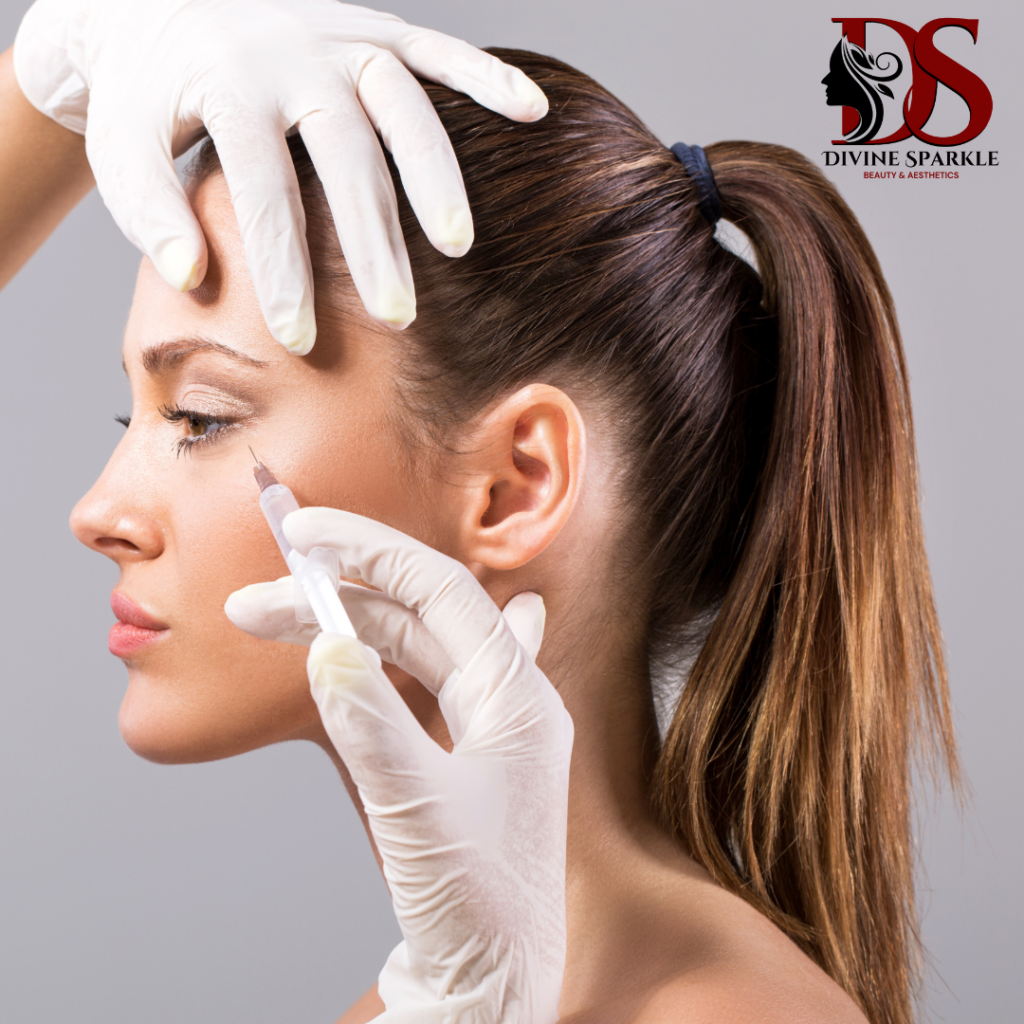
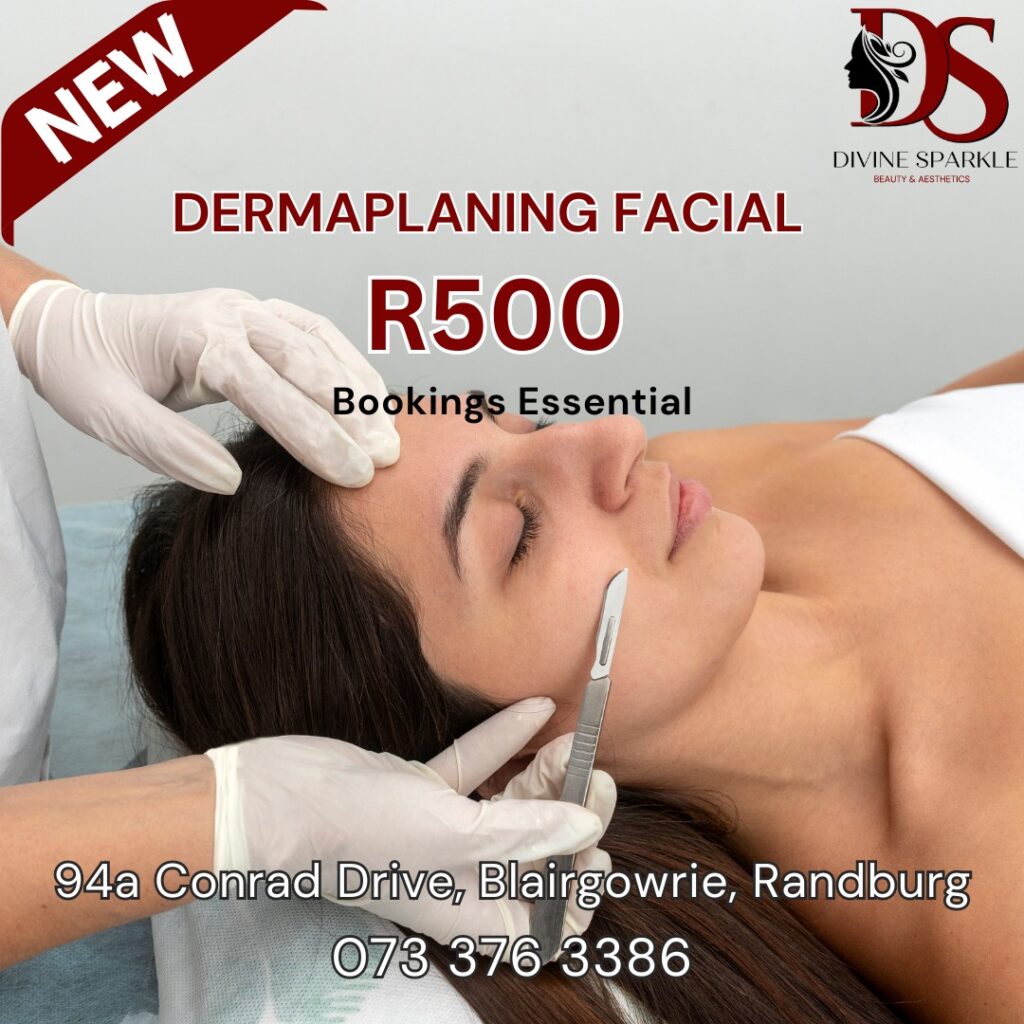
Five Skin Procedures You Should Leave to the Experts
In today’s fast-paced world, where self-care often takes the back seat, the allure of at-home beauty treatments is stronger than ever. With the convenience of the internet, many are tempted to try DIY methods to address skin concerns, particularly those stubborn wrinkles that seem to appear overnight. While the idea of smoothing out imperfections from the comfort of one’s couch is appealing, the adage “if it sounds too good to be true, it probably is” rings especially true in this realm.
When it comes to skin procedures, certain treatments should never be attempted at home. While promising fantastic results, Many of these treatments can pose serious risks if not performed by trained professionals. Below are five skin procedures that are best left to the experts.
The Risks of At-Home Microneedling
Microneedling has become increasingly popular for its ability to rejuvenate the skin by inducing collagen and elastin production through controlled micro-injuries. This procedure can significantly improve skin texture and tone while reducing the visibility of scars and wrinkles. However, while the process itself is quick and straightforward for a professional—often lasting between 30 minutes to an hour—attempting it at home is fraught with potential hazards.
At-home microneedling kits may not penetrate the skin deeply enough to be effective. More critically, they can lead to unintended injuries. Users may accidentally pierce their skin too deeply, resulting in infections or permanent scarring. Moreover, these kits could spread viruses, such as herpes or warts, to different parts of the skin. Thus, microneedling should always be conducted by a qualified practitioner in a sterile environment.
Chemical Peels: Proceed with Caution
Chemical peels are a popular method for exfoliating the skin, helping to remove dead skin cells and improve the appearance of discoloured skin, scars, and wrinkles. While there are over-the-counter options for light peels, medical-grade chemical peels should never be attempted at home.
Medium and deep chemical peels can contain potent acids that require professional application to ensure safety and effectiveness. The FDA recommends that home-use peels with trichloroacetic acid be limited to a concentration of 10% or less. Unfortunately, many at-home kits exceed this threshold, which can lead to severe skin damage, intense pain, and potential eye injuries. For optimal results and safety, individuals should seek professional treatment for any significant skin concerns.
BOTOX® and Dermal Filler Injections: A Professional’s Touch
BOTOX® and dermal fillers are well-known for their ability to combat signs of ageing, such as wrinkles and sagging skin. While the allure of DIY cosmetic procedures may be tempting, it is crucial to understand that no FDA-approved injectable fillers are safe for at-home use.
Attempting to purchase and use materials to create homemade Botox or fillers can be incredibly dangerous. Many of these products are counterfeit or improperly labelled, resulting in the unknown introduction of harmful substances into the body.
The risks associated with DIY injections are severe, including infections, lumps, swelling, and even irreversible skin damage. It is essential to trust trained medical professionals who can administer these treatments in a safe and sterile environment.
Acne Extractions: Leave It to the Professionals
Acne is a common skin issue that affects people of all ages. Many individuals are eager to rid themselves of pimples, blackheads, and clogged pores. While over-the-counter topical treatments can be effective, professional acne extraction is the safest and most effective solution for persistent or severe acne.
Attempting to pop pimples or extract blackheads at home can have detrimental consequences. This practice often leads to scarring and may worsen the acne condition. Instead, individuals should consult with a skincare professional who can safely perform extractions and provide tailored treatment options. If acne persists, a dermatologist’s consultation is warranted for a comprehensive approach to skin health.
DIY Tattoo Removal:
The Dangers of At-Home Techniques. For those seeking to remove unwanted tattoos, laser treatments are the gold standard. Other methods, such as surgical procedures or chemical peels, can also be effective but must be conducted by trained professionals. Unfortunately, the market is flooded with at-home tattoo removal kits that promise results but often fail to deliver and can result in severe skin damage.
Many at-home products contain harsh acids that can lead to rashes, burns, and permanent scars. Furthermore, unregulated methods like salabrasion—rubbing salt into raw skin to remove ink—are not only painful but can also lead to significant infections. It is vital to disregard social media trends promoting such techniques and instead seek professional help for tattoo removal.
Conclusion: Trust the Experts for Skin Procedures
In the realm of skincare, the temptation to adopt at-home treatments is strong, especially with the myriad of products and advertisements promising effortless results. However, the risks associated with these DIY approaches far outweigh the potential benefits. Seeking the expertise of trained professionals ensures that treatments are performed safely and effectively, ultimately leading to healthier and more radiant skin.
The world of skincare is complex, and understanding the boundaries of what can be safely performed at home is essential for achieving optimal results. It is always advisable to consult with a qualified dermatologist or skincare professional for any skin concerns, ensuring that all procedures are conducted in a safe and controlled environment.

